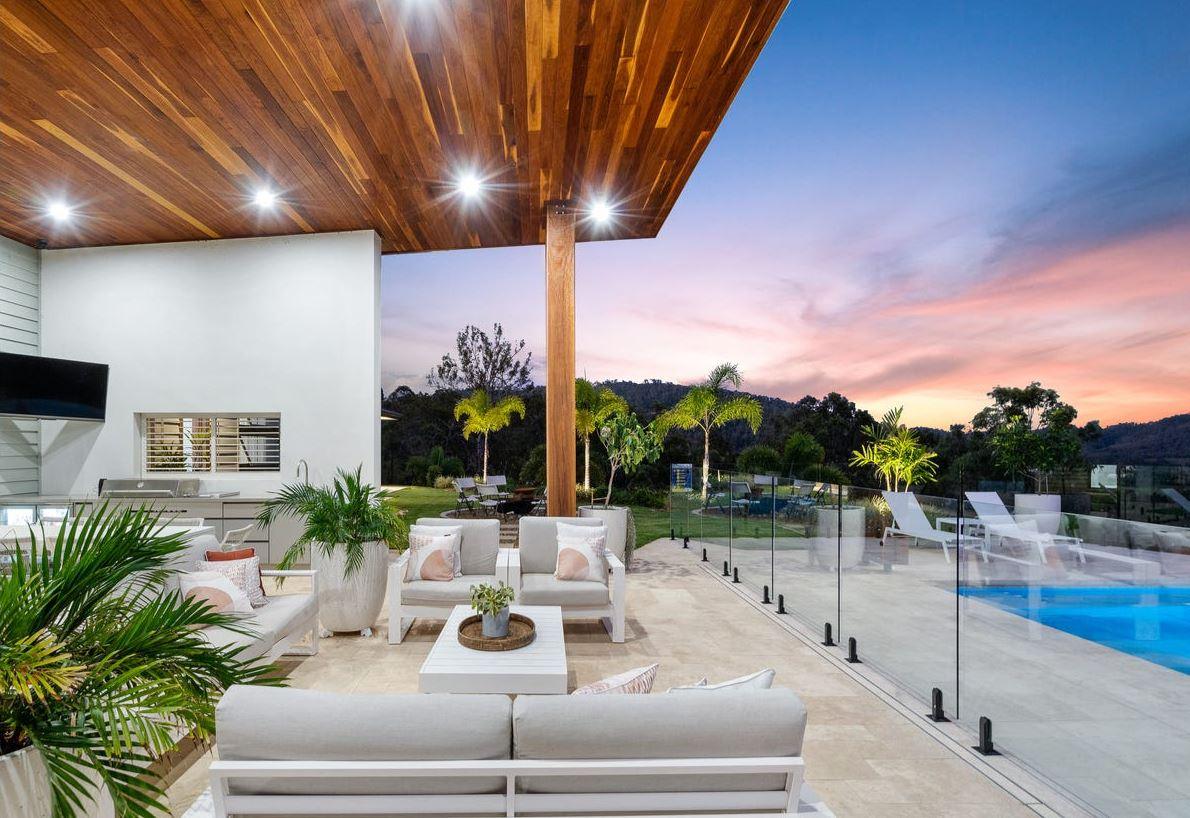When it comes to outdoor products such as furniture, cushions, and décor, durability is a key factor to consider. Outdoor environments can be harsh, with exposure to various weather conditions, UV rays, moisture, and wear and tear from regular use. Therefore, using durable materials in the creation of outdoor products is crucial to ensure that they can withstand these challenges and remain functional, safe, and visually appealing for a long time. In this blog, we will explore the importance of durable materials in the design of outdoor products and how they contribute to their longevity and performance.
Longevity:
Outdoor products are subjected to constant exposure to environmental elements such as sunlight, rain, snow, and extreme temperatures. Low-quality materials may deteriorate quickly under these conditions, leading to fading, cracking, warping, and other forms of damage. However, using durable materials such as high-quality metals, woods, and synthetic materials can significantly extend the lifespan of outdoor products. These materials are designed to resist the effects of weathering, UV rays, moisture, and other environmental factors, ensuring that your outdoor products remain functional and attractive for many years.
Performance:
Durability is closely linked to performance when it comes to outdoor products. Products made with durable materials are designed to withstand heavy use, frequent movement, and exposure to harsh elements without compromising their structural integrity or functionality. For example, outdoor furniture made with durable materials will resist warping, cracking, and fading, ensuring that it remains comfortable, stable, and visually appealing even with regular use. Similarly, durable materials in outdoor cushions and décor will resist mould, mildew, fading, and wear, maintaining their performance and appearance over time.
Safety:
Safety is another crucial aspect of outdoor products, especially those that are meant for seating, lounging, or play. Cheap and low-quality materials can pose safety risks, such as splinters, sharp edges, or structural failures, which can result in accidents and injuries. Durable materials, on the other hand, are designed to meet safety standards and withstand regular use without compromising the safety of users. For example, furniture made with sturdy metals or hardwoods will have stable frames and joints, reducing the risk of collapses or injuries. Using durable materials in outdoor products ensures that they are safe and reliable for you, your family, and your guests.
Maintenance:
Outdoor products require regular maintenance to keep them in good condition. However, products made with durable materials often require less maintenance compared to low-quality materials. Durable materials are resistant to wear and tear, fading, mould, and other forms of damage, which means that they require less frequent repairs, replacements, or cleaning. This not only saves you time and effort but also reduces the need for additional expenses in the long run. Choosing outdoor products made with durable materials can result in lower maintenance costs and less hassle in keeping them in good condition.
Environmental Impact:
Sustainability and environmental consciousness are important considerations in today's world. Cheap and low-quality materials in outdoor products can have a negative impact on the environment due to their short lifespan and frequent replacements, resulting in increased waste and pollution. On the other hand, durable materials can contribute to a more sustainable approach by reducing the need for frequent replacements and minimizing waste. Durable materials can also be made from recycled or eco-friendly materials, further reducing their environmental impact. By choosing outdoor products made with durable materials, you can make a positive impact on the environment and promote sustainability.


Share:
Keeping it Fresh and Clean: The Importance of Mildew-Resistant Outdoor Fabric for Your Cushions and Bean Bags
Hassle-Free Outdoor Living: The Importance of Easy-to-Clean Materials in Outdoor Product Design